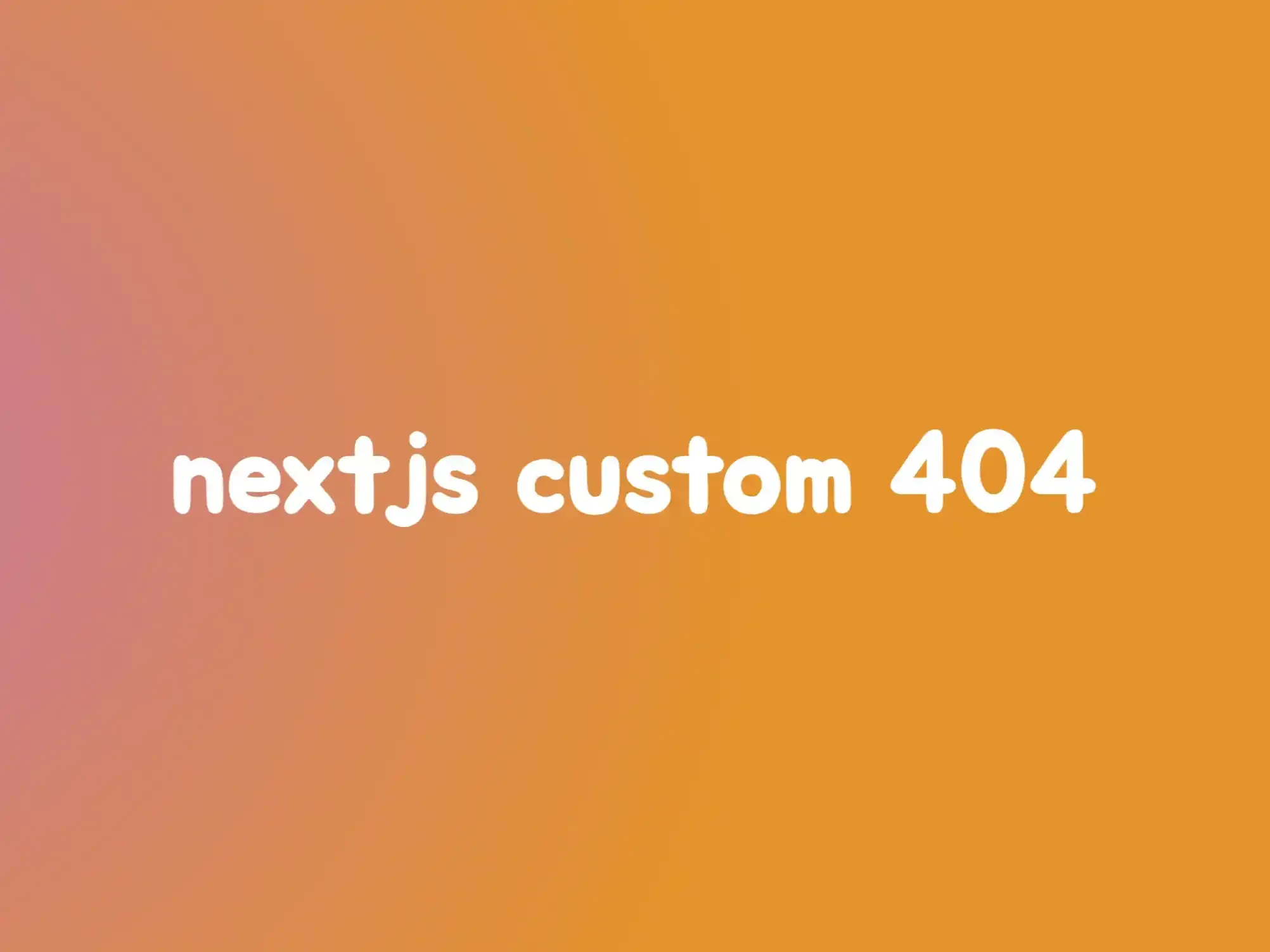Next.js 的 App Router 模式通过文件系统路由机制简化了页面和路由的配置,利用特定文件和文件夹命名约定实现灵活的路由管理。本文将介绍 App Router 的核心约定式路由规则,并提供在国际化场景下处理 404 页面的实用解决方案。
App Router 的约定式路由规则
Next.js App Router 通过以下文件约定定义路由和页面行为:
- page.tsx:路由的核心入口文件,负责渲染特定路由的页面内容。位于
app目录下的子文件夹中,文件夹路径直接映射到 URL。例如,app/about/page.tsx对应/about路由。页面默认使用服务器组件,可通过"use client"转为客户端组件。 - layout.tsx:定义路由段的布局组件,包裹当前路由及其子路由的内容。根布局
app/layout.tsx为必备,应用于所有页面;嵌套布局仅影响对应路由段。 - loading.tsx:提供加载状态界面,在页面内容加载时显示,如骨架屏或加载动画。例如,
app/tasks/loading.tsx用于/tasks路由的加载反馈。 - error.tsx:处理路由段内的未捕获错误,渲染自定义错误页面。例如,
app/tasks/error.tsx捕获/tasks路由的错误。 - not-found.tsx:自定义 404 页面,当访问不存在的路由时渲染。例如,
app/not-found.tsx替代默认 404 页面。
国际化 404 情况
在国际化(i18n)场景中,通常通过动态路由 app/[lang] 获取当前语言并加载相应资源。然而,直接在 app/[lang]/not-found.tsx 中定义 404 页面无法生效,访问未匹配路由时仍会跳转到默认的 app/not-found.tsx。
问题根源
Next.js 的 not-found.tsx 约定仅在根目录或特定路由段生效。在动态路由 [lang] 下,not-found.tsx 无法捕获所有未匹配的子路由,导致国际化 404 页面配置需特殊处理。
解决国际化 404 页面问题
以下是通过文件系统和组件化方式实现多语言 404 页面的步骤:
捕获未匹配路由
在app/[lang]/[...not_found]/page.tsx中创建文件,利用notFound函数触发 404 状态:// app/[lang]/[...not_found]/page.tsximport { notFound } from "next/navigation";export default function NotFoundCatchAll() {notFound();}创建多语言 404 组件
由于notFound函数不接受参数,无法直接传递语言信息。需创建自定义组件(如components/notFound.tsx)处理国际化文案:// components/notFound.tsximport { useTranslation } from "@/i18n";export default async function NotFound({ lang }: { lang: string }) {const { t } = await useTranslation(lang, "not-found");return (<div><h1>{t("title")}</h1><p>{t("description")}</p></div>);}整合自定义组件
修改app/[lang]/[...not_found]/page.tsx,引入多语言 404 组件并传递语言参数:// app/[lang]/[...not_found]/page.tsximport NotFound from "@/components/notFound";export default function NotFoundCatchAll({ params: { lang } }: { params: { lang: string } }) {return <NotFound lang={lang} />;}
总结
通过上述步骤,Next.js App Router 能够高效处理国际化场景下的 404 页面问题。利用 [...not_found]/page.tsx 捕获未匹配路由,并结合自定义多语言组件,实现动态语言支持和一致的用户体验。这种方法适用于多语言 Next.js 项目,保持代码简洁的同时满足复杂路由需求。



